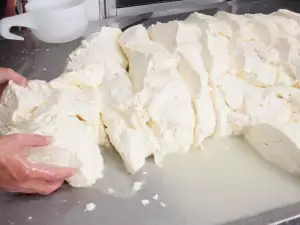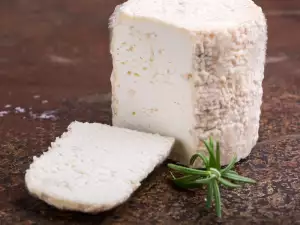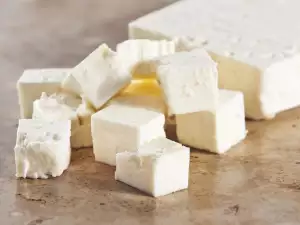Cheese is a beloved dairy product that people around the world have enjoyed for centuries. However, one of the most common problems associated with yellow cheese is the formation of mold on its surface.
In this article, we'll explore the science behind why mold appears on cheese and what can be done to prevent it.
Cheese is made from milk, which contains various microorganisms, including bacteria and fungi. During the production process, these microorganisms are deliberately introduced and left to ferment the milk, resulting in the creation of cheese. However, not all microorganisms are desirable and some can cause spoilage.
Mold is a type of fungus that can grow on cheese and is responsible for the characteristic blue, green or white spots commonly found on some types of cheese.
Mold growth on cheese is caused by the presence of spores that can be found in the air, soil and even in the milk used to make it.
The development of mold on cheese is affected by several factors, including temperature, humidity and the specific type of cheese.
Even a solid product can develop mold on its surface if stored in a warm or humid place.
To prevent cheese mold from growing, it is important to store it properly. It should be stored in a cool and dry place, preferably in hermetically sealed packages. Cheese that has already been cut should be wrapped in plastic wrap or aluminum foil to prevent air and moisture from entering.
By storing cheese properly and being aware of the conditions that can encourage mold growth, we can continue to enjoy this popular dairy product. Prepare your favorite cheeses and cheesy appetizers always without worry.



















Comments